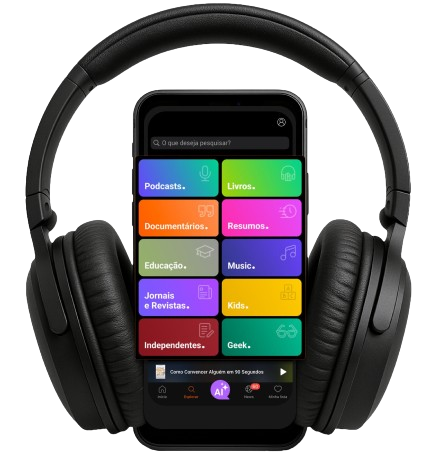Town Hall Seattle Science Series
166. Hannah Zeavin with Dr. Margaret Morris and Dr. Orna Guralnik—The Distance Cure: A History of Teletherapy
- Author: Vários
- Narrator: Vários
- Publisher: Podcast
- Duration: 0:58:46
- More information
Informações:
Synopsis
When you think of therapy in a traditional sense, what comes to mind? Television shows, movies, and comics love to paint a stereotypical scene: a bespectacled therapist asks poignant questions and jots down notes on a legal pad; meanwhile, the patient reclines on a sofa and spills their thoughts and emotions into the void of the room. It might be easy to assume that therapy has always involved a person-to-person conversation, but in her new book The Distance Cure, scholar and author Hannah Zeavin invited us to consider definitions of psychotherapy that extend far beyond people talking in a room. In The Distance Cure, Zeavin described less conventional operations of therapy that include Freud’s treatments by mail, advice columns, radio shows, crisis hotlines, video, computers, and mobile phones. Across all formats, “therapists” vary widely in background and credentials; some may be professionally trained, while others are strangers or even chatbots. Is any method better than the other? Zeavin urged us to think



